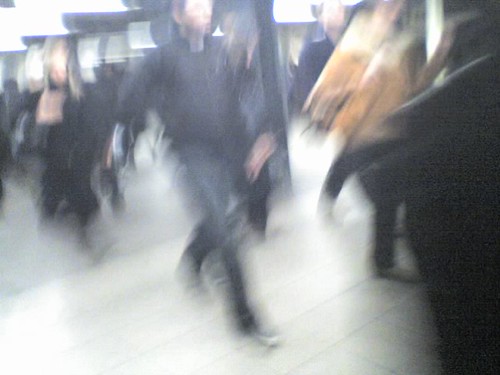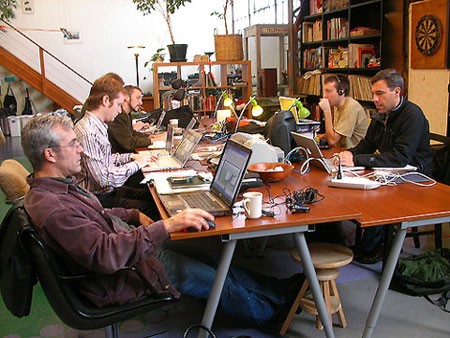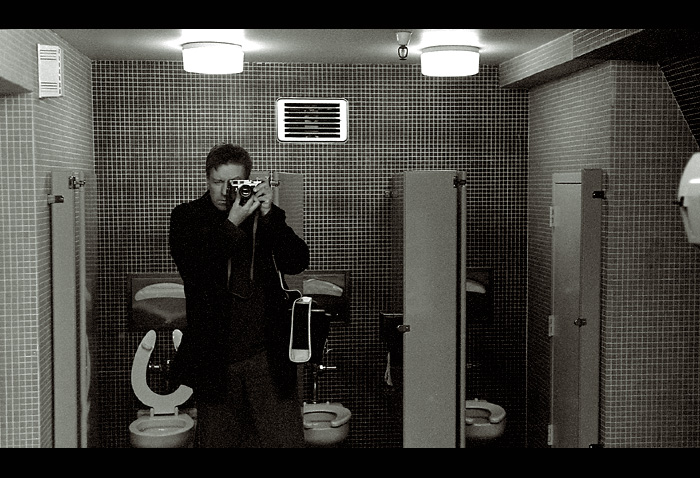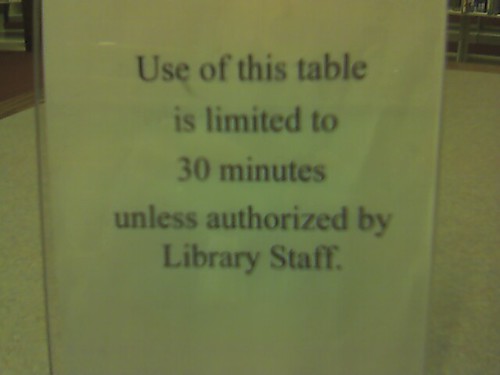"The computer encouraged me to read in exactly the wrong way, leaving me with little but a series of disembodied passages." ~David Bell
The distracted self. Disembodiment and dislocation are consequences of the way we browse and parse information in our busy, overloaded lives. This is bad when we lose the context as
Bell argues. But what about when we glimpse the beautiful, connected patterns of ideas in the array? Isn't this why we do it--traverse all the connections? Why we design, invent, evolve?
Many of the new innovations that are considered "technologies" are much more than that. They are interaction patterns, behavioral developments, evolutions of our senses.
As we evolve into twittering,
snapping cyborgs, who are we really and what do we lose along with the context?
This paper by Brian
Whitworth (crazy New Zealand physicist) explores the idea that the universe is a giant virtual-reality construct created by information processing. It's an interesting read, even if Occam's Razor--science should strive for the simplest theory--makes this argument fairly implausible.
But this paper and the ideas associated with it have arisen repeatedly over the last few years as we try to deconstruct and contextualize our real/virtual beliefs, philosophies, lives. It seems important to make note of ideas that get recycled and re-blogged.
Libraries are places of experimentation and truth, where we and our users put ideas to the test. In the age of
ubiety and ubiquity, location and place matter. The here and where. With new technologies (see
my post) we will be able to see who and what is checked in, who/what was there earlier, and what or where they/it will be in the future. We don't really understand yet how people
feel about this, and what it means for usage, access and interaction. Let's find out.

 Peter Morville's
Peter Morville's 









